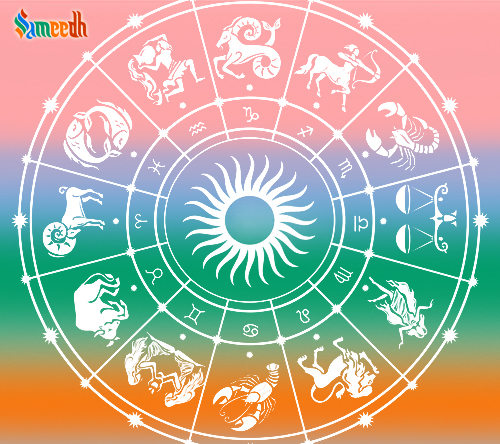Raja Yoga, also known as the “Royal Yoga” or the “Yoga of Mind Control,” is one of the classical paths of spiritual realization in Hindu philosophy. It is associated with the systematic practice of meditation and control over the mind to attain self-realization and union with the divine. Raja Yoga is primarily outlined in the Yoga Sutras of Patanjali, a foundational text that provides a comprehensive guide to the practice of yoga.
Raja Yoga (meditation) is considered one of the four primary paths to spiritual liberation, along with Bhakti Yoga (devotion), Karma Yoga (selfless action), and Jnana Yoga (wisdom).Key principles and practices associated with Raja Yoga include:
- Eight Limbs of Yoga (Ashtanga Yoga): Raja Yoga is often described as having eight limbs, as outlined by Patanjali in the Yoga Sutras. These limbs are:
- Yama (Ethical Restraints): Observances related to ethical conduct, including non-violence (ahimsa), truthfulness (satya), non-stealing (asteya), non-attachment (aparigraha), and continence (brahmacharya).
- Niyama (Ethical Observances): Practices related to self-discipline, cleanliness (shaucha), contentment (santosha), austerity (tapas), study of sacred texts (svadhyaya), and surrender to the divine (ishvarapranidhana).
- Asana (Physical Postures): The practice of physical postures to develop stability, health, and flexibility, preparing the body for meditation.
- Pranayama (Breath Control): Techniques for controlling the breath to regulate and channel the life force (prana) in the body.
- Pratyahara (Withdrawal of the Senses): The practice of withdrawing the senses from external stimuli to turn the focus inward.
- Dharana (Concentration): The cultivation of one-pointed concentration on a specific object or thought.
- Dhyana (Meditation): The continuous flow of concentration, leading to a state of meditation where the meditator and the object of meditation become one.
- Samadhi (Union): The ultimate state of absorption and union with the divine, where the meditator transcends individual consciousness and experiences oneness with the universal consciousness.
- Mental Discipline: Raja Yoga places a strong emphasis on mental discipline, including control over thoughts and emotions. The practitioner learns to quiet the mind, leading to a state of inner peace and clarity.
- Witness Consciousness: Practitioners of Raja Yoga cultivate the ability to observe their thoughts and experiences from a detached perspective. This witness consciousness allows for greater self-awareness and the realization of the unchanging essence within.
- Self-Realization and Liberation: The ultimate goal of Raja Yoga is self-realization and liberation (moksh), where the individual soul (Atman) realizes its unity with the ultimate reality (Brahman).
- Non-Attachment: Raja Yoga teaches non-attachment to the fruits of one’s actions and to the transient nature of the material world. This non-attachment is seen as essential for spiritual progress.
Prominent figures associated with Raja Yoga include Patanjali, the compiler of the Yoga Sutras, and Swami Vivekananda, who played a key role in introducing Raja Yoga to the West in the late 19th century. Raja Yoga remains a significant and influential path for those seeking spiritual growth through meditation and mental discipline.
